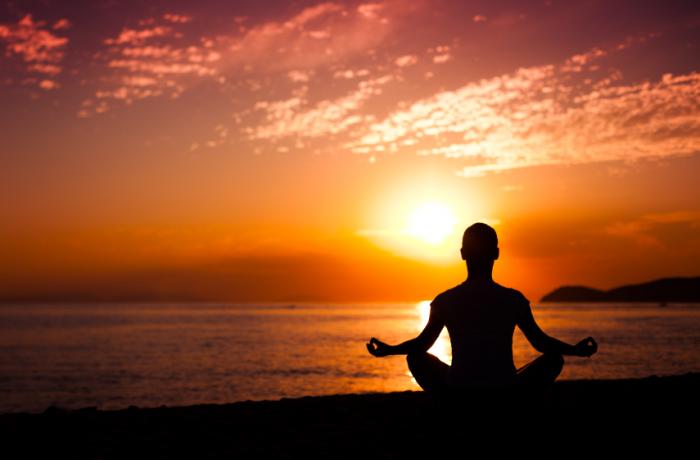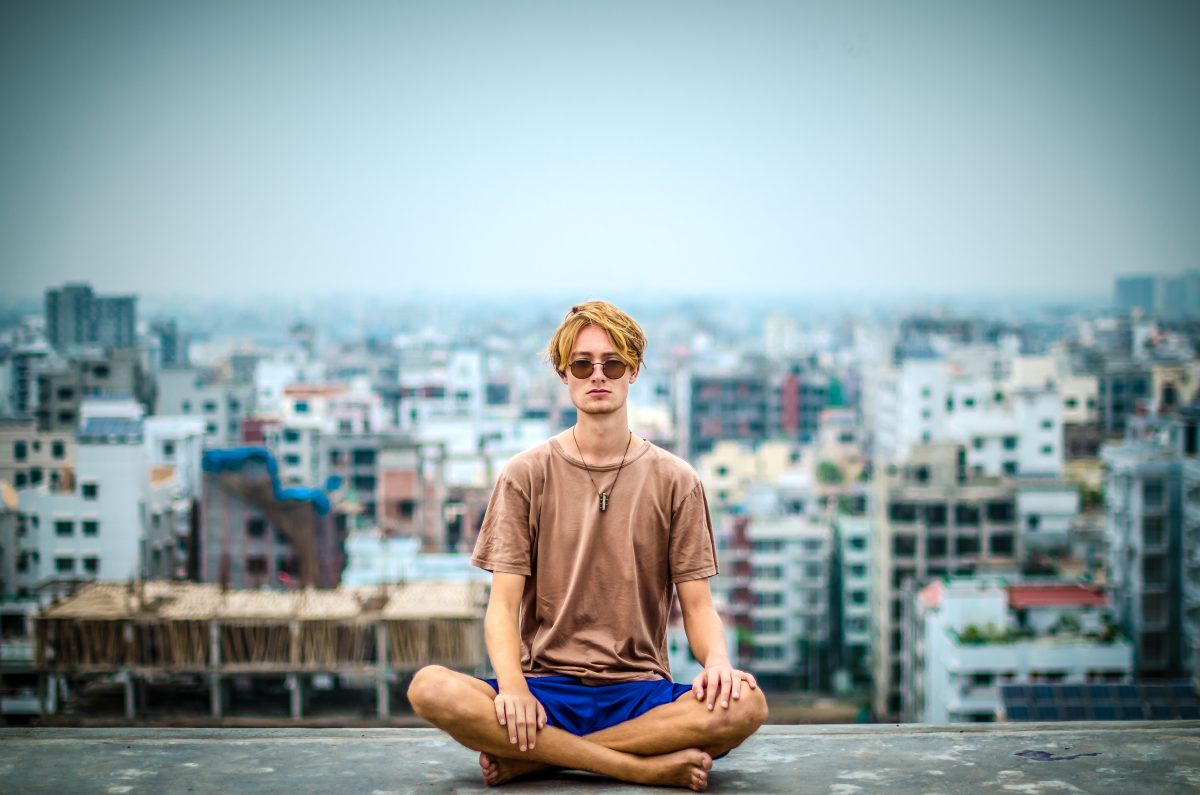How to Meditate? Tips for Creating Your Suitable Reflection Space
How to Meditate? Tips for Creating Your Suitable Reflection Space
Blog Article
Exactly How to Meditate: A Detailed Approach to Achieving Mindfulness and Calmness
Meditation offers as a powerful device for achieving mindfulness and psychological tranquility in a hectic world. By understanding the fundamental concepts and strategies associated with reflection, people can cultivate a method that enhances their total well-being. This discussion will lay out important actions, from developing a conducive atmosphere to integrating meditation into day-to-day routines. As we check out these parts, it comes to be clear that the trip to mindfulness is not just regarding the act of being in silence, however rather about fostering a much deeper link with oneself and the world around us. What might this change entail?
Understanding Meditation
Understanding reflection includes understanding its fundamental principles and techniques, which act as the structure for the practice. At its core, reflection is a mental exercise targeted at advertising leisure, constructing interior energy, and establishing empathy and understanding. The method urges people to concentrate their focus, commonly with strategies such as deep breathing, visualization, or concept repeating.
Reflection can be classified into different designs, consisting of mindfulness, transcendental, and loving-kindness meditation, each with distinct functions and techniques. Mindfulness meditation emphasizes present-moment understanding and non-judgmental observation of feelings and ideas, while transcendental reflection involves the usage of details concepts to transcend regular mind. Loving-kindness meditation concentrates on creating an attitude of love and concern towards oneself and others.
Regardless of the technique utilized, the primary goal continues to be regular: to grow a much deeper understanding of the mind and its patterns. This self-awareness cultivates emotional resilience, quality of idea, and an extensive feeling of tranquility (How to meditate?). By understanding these concepts and methods, people lay the groundwork for an effective meditation technique that can significantly enhance their general wellness
Preparing for Your Method
Prior to starting your reflection practice, it is important to develop a setting for focus and relaxation. Select a silent area where you are not likely to be disrupted. This might be an edge of an area, a garden, or any type of location that evokes a sense of tranquility. Make sure that the location is clean and totally free of mess, as a neat atmosphere can help get rid of the mind.
Take into consideration the lights, as natural light can enhance your state of mind and power. Soft, cozy illumination is usually extra relaxing than extreme fluorescent lights. Furthermore, choose a comfortable temperature, guaranteeing that you are neither too warm neither as well cool.
Including components that advertise serenity can even more improve your experience. This could include soft cushions or coverings for convenience, along with relaxing aromas from essential oils or incense. It can also be useful to have actually a timer set for your reflection session to avoid distractions from clock-watching.
Standard Meditation Methods

Another reliable method Check Out Your URL is body check reflection. This entails psychologically scanning your body from head to toe, noticing any kind of areas of tension or discomfort and knowingly loosening up those muscle mass. This practice cultivates a much deeper link between your mind and body.

Last but not least, loving-kindness reflection concentrates on cultivating empathy towards yourself and others. Silently repeat phrases of goodwill, improving emotional wellness and interconnectedness. Each of these strategies works as a foundation for your meditation trip, enabling you to discover the approach that reverberates ideal with your personal technique.
Preserving Focus and Mindfulness

Developing a dedicated reflection space can improve the capacity to maintain mindfulness. A quiet, minimalist atmosphere reduces diversions, permitting for deeper immersion in the practice. Additionally, setting a time frame can help take care of expectations; starting with much shorter sessions might relieve the transition right into longer practices.
Utilizing strategies such as body scanning or observing feelings can likewise strengthen mindfulness. These approaches motivate professionals to remain existing and involved with their physicality, securing their interest in the moment. Regular practice is important; the brain builds durability over time, producing a more powerful capacity for emphasis.
Incorporating Reflection Into Day-to-day Live
Incorporating meditation into daily life can change routine tasks right into opportunities for mindfulness and self-reflection. By incorporating mindfulness techniques into common tasks, people can grow a higher feeling of presence and serenity in the middle of the busyness of everyday life.
Begin by identifying minutes throughout your day where you can pause and exercise mindfulness. For example, during your morning commute, concentrate on your breath or the sensations of the atmosphere around i loved this you. In the cooking area, technique cooking as a meditative method, relishing the appearances, shades, and aromas of the components. Even mundane activities like strolling or washing recipes can come to be chances for reflection by guiding your interest to the feelings of movement and the noises bordering you.
Additionally, establishing aside committed times for reflection can strengthen its method. Start with short sessions, gradually raising period as you become more comfy. Usage suggestions or hints-- like a certain time of day or a relaxing noise-- to develop consistency.
Inevitably, the goal is to weave mindfulness right into the textile of life, allowing you to approach each moment with purpose, thereby boosting your total sense of well-being and clearness.
Conclusion
In verdict, effective meditation needs a silent environment, a comfortable setting, and a focus on the breath. Normal meditation, also in brief sessions, cultivates a much deeper connection to the existing moment, ultimately leading to higher calmness and psychological clarity in daily life.
Meditation can be categorized into various styles, consisting of mindfulness, transcendental, and loving-kindness meditation, each with distinct purposes and methodologies. Mindfulness reflection stresses present-moment recognition and non-judgmental monitoring of feelings and thoughts, while transcendental reflection involves the use of details rules to go beyond regular thought processes.With your reflection area prepared, it's time to explore numerous standard meditation techniques that can help grow mindfulness and internal peace.Constantly maintaining focus and mindfulness during meditation can be challenging, specifically for those new to the technique.Establishing a specialized meditation space can enhance the capability to keep mindfulness.
Report this page